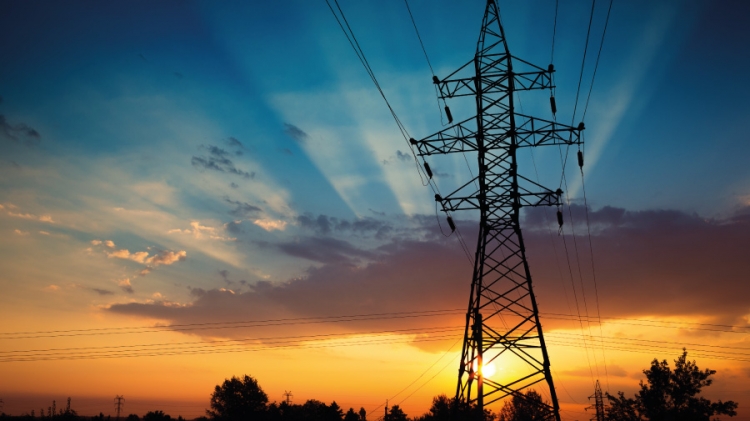
By Dr Khaled Elbassioni
While today’s electricity grids operate on a fairly simple producer- receiver model, renewable energy powered grids of the future will need to be far smarter.
Instead of relying on utility providers alone for electricity, many homes and offices will have their own renewable energy sources, such as rooftop solar panels or backyard wind turbines.
That requires a grid that can handle energy flows back and forth, supply and demand variation, quality fluctuations, and many more technical challenges.
And not only will such a system, where energy consumers are also providers, and where supplies – of solar energy, for example – are intermittent – require a whole new way of distributing power, it will need a new way of selling it, too.
There will need to be an energy market, where excess renewable energy can be bought and sold. That way, those who produce more than they need can sell the excess to those who consume more.
Such a market would incentivize energy conservation – by giving those who save energy the opportunity to make money on their excess – while also ensuring a more efficient overall energy supply system.
But exactly how that market would work remains a big unknown. Many existing models suffer from inefficiency and pricing mechanism sensitivities.
One problem is the risk of energy buyers and sellers manipulating the market for their own gains, through artificially inflated prices or sale or buy orders.
An example of this is a seller attempting to take advantage of the need of consumers by demanding an unreasonably high price, or a buyer putting an order out for more energy than they really need to try to draw down prices.
Scientists at the Masdar Institute are exploring market mechanisms that could reduce the risk of price manipulation, and ensure the market prices reflect as closely as possible the real values of demand and supply of energy.
While several such mechanisms had been proposed by other scientists, applying them in energy markets is quite challenging. They typically need a lot of computational power – and more as the size of the market increases.
Once we have a computationally efficient way of making the renewable energy market reflect the true supply, demand and value of energy, we can then work to optimise the whole system.
The more competitive the market, the greater the incentive will be for buyers and sellers to cut waste – especially in the transmission and storage of power. That will further reduce costs, and increase the system’s uptake and popularity.
With this research, we hope to contribute to the UAE’s goals for renewable energy production and sustainability by making renewable energy sourced electricity competitive, efficient and secure.
Dr Khaled Elbassioni is an associate professor of computing and information science at the Masdar Institute of Science and Technology.






